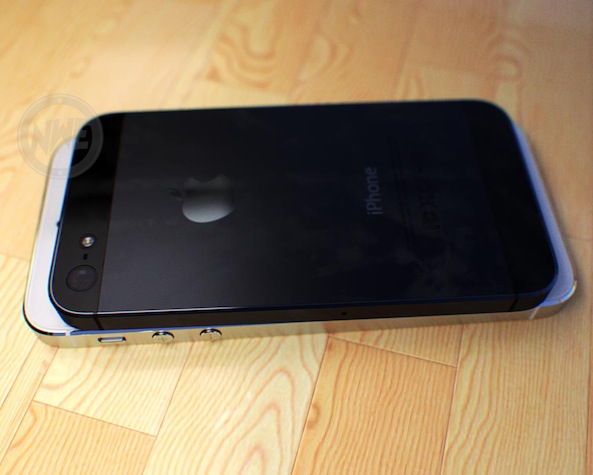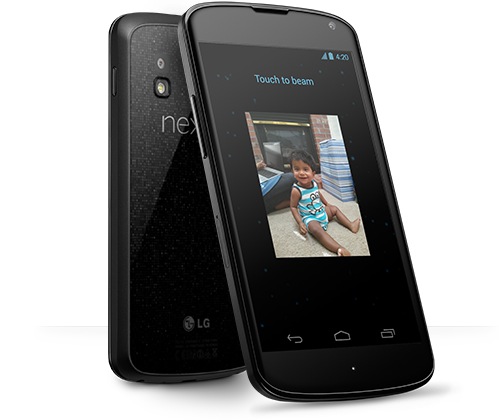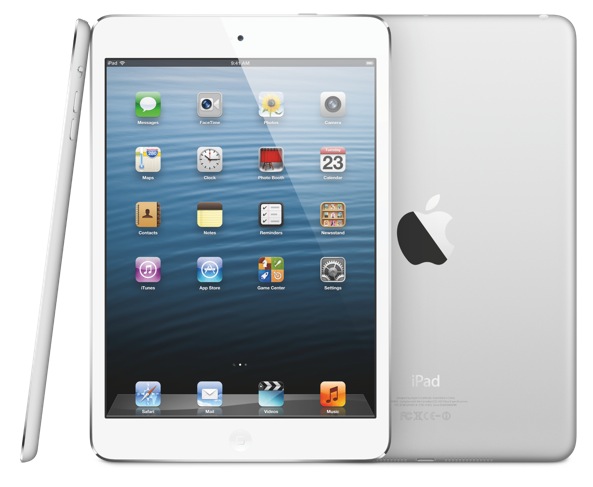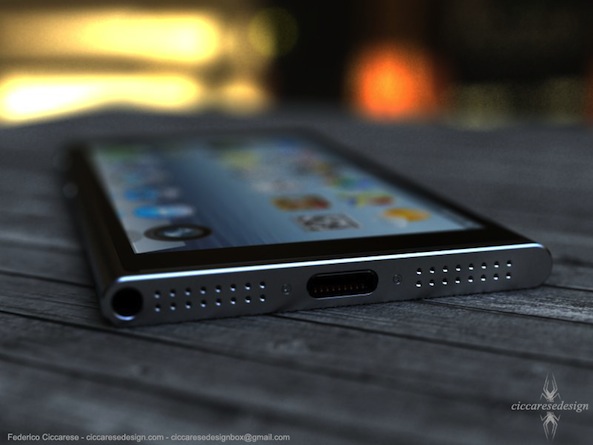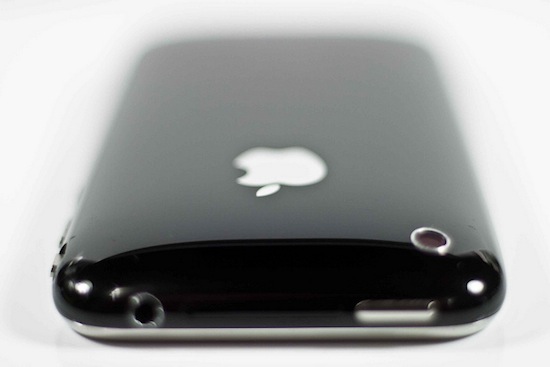What should the rumored budget iPhone cost and how low could Apple price it without sacrificing its industry-leading profits? Jean-Louis Gassée, a former executive at Apple, where he worked from 1981 to 1990, ran some numbers on his Monday Note blog to try and make sense of the idea. The crux: there’s no way Apple could make a compelling, inexpensive device sporting today’s hardware encased in a less exquisite (dare I say, plasticky?) body without sacrificing its powerful margins.
Should the Cupertino, California company in fact pursue the low-cost iPhone, the move will be remembered as the augur of a new era of lower Apple margins and as such likely signals a new brutal phase in the Smartphone Wars…
Gassée drives a number of interesting points home on his blog.
For Apple to enter and prosper in this segment, it has to determine two things: What sort of premium can it get for a low cost iPhone, and what would the device mean for the rest of the product line?
Assuming a less-pricey iPhone would cost about $100 to manufacture (half the iPhone 5’s bill of material) and applying the iPhone 5’s 60 percent margin percentage, Gassée extrapolates that the gizmo would have to retail for $299.
That is still too high a price to pay for an unsubsidized handset, even if it’s a budget iPhone.
If Apple aims for the $199 segment, the margin has to drop to fifty percent, he explains.
But if Bloomberg heard correct, Apple is actually shooting for a $99 to $149 device.
The high point of this estimate, a $149 budget iPhone, would require a 30 percent margin – half of that of the iPhone 5.
And what about the sweet $99 price point?
To get to the magic $99 unsubsidized retail, with an un-Apple 30% margin, the low-cost iPhone would need to be manufactured for less than $75, about one third of today’s iPhone 5.
Should Apple really go down that route, Gassée thinks it’s gonna be a whole new ball game for a company that prides itself with crazy margins that are the envy of the industry.
Apple execs are fond of saying they’d cannibalize their products themselves rather than let competitors do it. Even if exquisitely executed and priced just so, it’s hard not to see the (putative) budget iPhone as the augur of a new era of lower Apple margins.
In other words, the budget iPhone wouldn’t be born of a tactical decision to add a new set of customers, it would be a strategic move that signals a new phase in the Smartphone Wars.
In my mind, Apple should be able to make a low-cost iPhone that doesn’t suck, even more so considering some of the really interesting devices introduced over the past few months.
Look no further than Google’s Nexus 4, a pretty decent piece of hardware even by 2013 standards. The 8GB, contract-free model is reasonably priced at $299 and no, it doesn’t look cheap at all – quite the contrary.
When Apple was developing the iPhone, it was envisioned as an exclusive high-end play. But as the saying goes, you can only milk a cow so long, then you’re left holding the pail.
The premium segment is peaking.
Smartphone penetration in the United States and other key markets passed the 50 percent mark last summer. So, as the remaining 50 percent joins the game and as the next billion people in emerging markets upgrade to smartphones from their crappy feature phones, price predictably will play a decisive factor.
You may be able to afford an iPhone, but the vast majority of feature phone owners in Brazil or India just cannot justify dropping $700 or more for an iPhone, not in this economy, not with so many sub-$100 low-end, no-contract Android phones vying for their attention.
The iPhone costs a fortune in these cash-strapped markets and Apple’s share has plummeted to single digits as a result.
It’s a simple math, really.
The bottom line: the budget iPhone will likely have a premium attached to its price, but nowhere near to the 60 percent margin the company has been enjoying on the high-end of the spectrum for nearly seven years now.
The current iPhone price matrix: Apple cannot forever ignore no-contract phones and must create a better alternative than the 2.5-year old 8GB iPhone 4, which starts at $450.
Let’s be clear.
I’m not saying Tim Cook should ask his team to come up with a sub-$100 iPhone, even if such an aggressively priced device would really open up the market for the iPhone.
But Apple can get away with charging a slight premium for the budget iPhone, make no mistake about it. And to suggest that a premium Apple experience could never be within reach of budget shoppers is not knowing Apple’s supply chain prowess and its vast economies of scale.
Case in point: the iPad mini.
It isn’t the cheapest mini tablet out there, right? Starting at $329, the entry-level mini is still a notable $130 pricier than the $199 offerings from Google, Amazon and others.
$130 is not some lump change, but turns out many people are loving the mini nonetheless.
What types of people?
Obviously the ones seeking both an affordable and premium tablet experience rather than the cheapest one.
Assumingly, the budget iPhone would represent an affordable option for buyers in emerging markets. Such a product would go a long way toward widening the iPhone price umbrella and countering Android’s growth from the mid-end.
You may not realize this, but pretty much everywhere around the world – with the notable exception of the United States and a few other markets – cell phones are actually sold unsubsidized. This is especially true for emerging markets like China and BRIC countries where people either have bad credit or for other reasons are reluctant to commit their soul contractually to costly wireless service plans.
They instead purchase wireless service credits as they go, which lets them keep their spending in check. It’s pretty straightforward: you first buy a credit at a nearby drugstore or newsstand and them “redeem” the activation code on your device.
In some countries (like Serbia), you just tell the clerk your phone number and they load the credit to your account. From there, the cost of any voice call made, text message sent or megabyte of cellular data consumed is charged from your virtual credit. Once that credit is depleted, the carrier will block your phone calls and other wireless services until you buy another credit.
It’s a pay-as-you go philosophy much like Apple’s iTunes Gift Cards. You buy one in any denomination, pay for it with cash, PayPal or your credit card, redeem the code in iTunes and voila – going forward, your purchases are deducted from your iTunes credit.
To keep costs down, the budget iPhone is reportedly made from cheaper materials. Just don’t put a recycled 2010 hardware inside, for God’s sake…
Which brings me to my final point.
As popular as smartphones are – even more so in emerging markets where more than half mobile users are yet to buy their first smartphone – hardware price matters.
Apple’s pricing strategy with the budget iPhone will be important and vital – but not key – to its acceptance in these emerging markets.
It doesn’t have to be dirt cheap in order to succeed.
Affordable will do.
